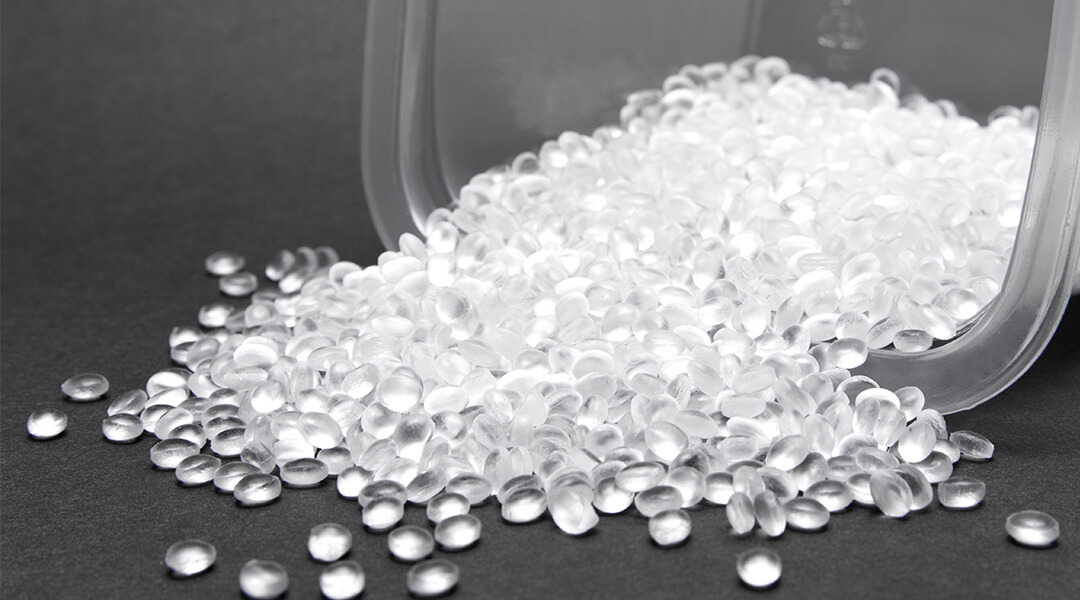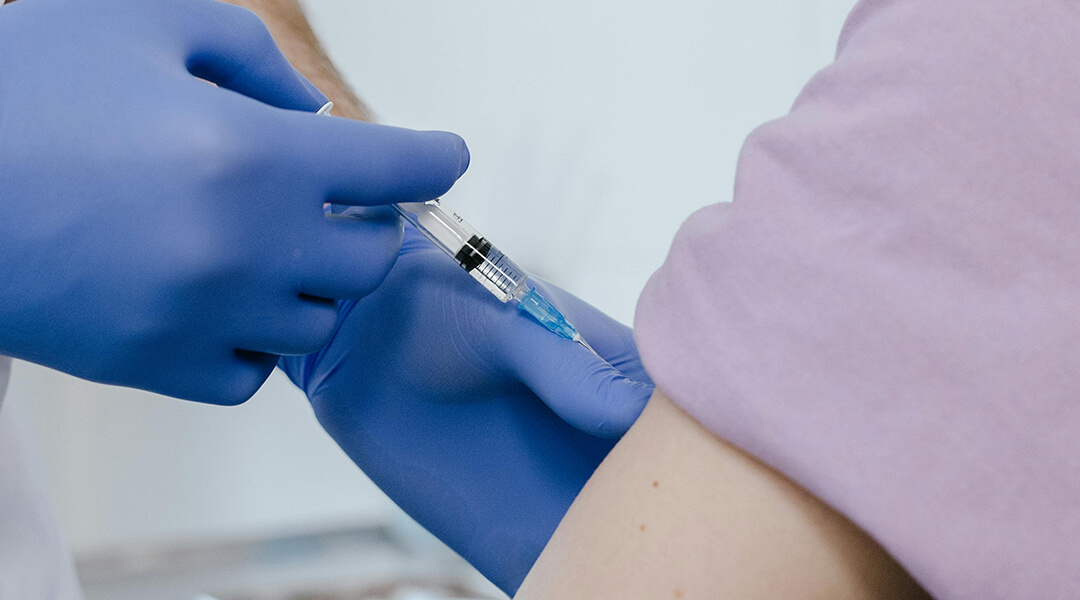

Medical injection moulding involves precise manufacturing to create numerous medical components and apparatus. The material mainly employed during the process consists of using a plastic injection moulding machine to inject molten plastic into a mould cavity. The mould is opened to show the final shape when the plastic cools off and stiffens. In the medical field, especially when manufacturing advanced materials such as thermoplastic polymer and or carbon fibre products, the injection moulding technology of medical devices results in complex geometries, tight geometric control and fine details. Some common materials used in medical injection moulding are thermoplastics like polypropylene, polyethene, and polystyrene, among other inclusive materials.
Injection molding for medical parts is one of the most vital aspects of producing equipment and instruments used in the medical field. High-precision technologies in plastic injection moulding make obtaining parts and devices at reasonable prices possible with thin allowances. Insert moulding from the prototypes to production; injection moulding produces medical-grade plastic parts to meet the MD standards. They involve the production of complex shapes and over-moulded and two-shot moulded aspects, which has made injection moulding the most desirable manufacturing process, especially in the manufacturing of medical devices. Medical injection moulding has seen developments concerning the type of materials used in moulding particular parts like medical plastics, making medical components safe for various medical procedures.
This article aims to identify the standard manufacturing process used to create injection-molded parts. The most fundamental stage of injection moulding is choosing a particular material, melting it, and injecting it into a tool or a mould to shape it. This process is widely employed in different fields, especially in producing various medical devices, essential products, and components. Thus, using appropriate polymers in medical moulding is necessary to manufacture medical equipment and parts.
In medical component injection moulding, aspects like material choices, such as polycarbonate, ideal for high-volume mould injection, are incorporated. These are applied in procedures such as insert moulding and over-moulding to receive plastic medical moulding solutions.

The moulding technique where cleanrooms are used is essential in ensuring products such as plastic parts for the medical industry have the ideal wall thickness. Our injection moulding manufacturing processes for the medical industry give you solutions to the medical device or medical component requirements for injection moulding high production volumes for your products like syringes etc. As for customer, our company has a strict policy regarding quality and process validation in injection moulding, which we apply to medical device designers. It also enables the manufacturing of plastic injection moulding medical parts and other plastic injection moulded components that are vital in the health sector.
Another method that is part of the injection moulding process is silicone injection moulding, which is necessary to create multi-component mouldings. This technique allows the making of variants of complex details. Even the most complicated information that you may design can be actualized. It produces high-quality parts that meet FDA standards and offers the benefits of injection moulding. Moulding products produced by medical device industries require high accuracy and dependability; injection moulding is the most preferred way of manufacturing.
Thus, using injection moulding solutions for medical devices has high potential with the development of technology in the injection moulding field. One significant advantage is the high level of accuracy, which allows very delicate and complicated parts used in medical devices to be moulded. This way, all parts will conform to the degrees of tolerance required for the various parts concerning the best performance. In the same regard, injection moulding is quite suitable when medical devices are needed in large quantities, which assists in realizing economies of scale. In addition, injection moulding also makes it possible to offer medical devices within a shorter time, hence meeting the market's demands.
Medical device moulding is essential in healthcare since different medical devices are manufactured through injection moulding techniques. Injection machine is useful in producing intricate and accurate parts for various uses, such as medical implants, surgical equipment, and diagnostic equipment. Many injection moulding companies focus on the medical application part and manufacture devices with close tolerances and complex geometries.
Products like prosthetic limbs, dental implants, and even pacemakers used in surgery production are made using injection moulding methods. Depending on the patient’s anatomy, the process enables the crafting of natural solid jaw-functioning implants that can be harmoniously incorporated into the patient’s body. Forceps, scissors, and retractors also fall under the category of medical devices that are also touched up by Medical Device Molding Technology's features that permit precision and accuracy throughout the making.
Finally, assets in patient management such as glucose monitors, imaging equipment, and laboratory instruments need injection-moulded components. These require highly technical injection moulding for complex designs conforming to susceptible requirements. Component moulding increases the usage of diagnostic devices in treatment, thereby enhancing the accuracy of the medical devices in diagnosing conditions.

Quality control is crucial in moulding the medical device that provides solutions to clients. Upon production of every part, testing and inspection functions are used to ensure it conforms to the design standards. These include assessing for cracks or flaws in the materials, size, and overall quality of the part to be produced to meet the required quality. Thus, by obeying the protocols and standards of quality control, manufacturers exclude the possibility of faulty production and guarantee moulding quality in medical device manufacturing.
The moulding of medical devices remains relevant in the healthcare sector because it helps manufacture complex devices used in examinations, treatment and catering for patients. Medical devices must be injection moulded to ensure that the final product is efficient and high-quality, as it mainly involves devices used in the medical field. With the advancement of technology as the central agenda in the twenty-first century, the requirements of quality medical devices in the market are expected to grow in demand, and, therefore, there is a need for manufacturers to embrace modern technology to enhance production. What features can one anticipate seeing in the medical device moulding business in the coming years? These are some of the ones we use in developing our devices; new materials like biocompatible polymers are used for better performance and improved patient results that are cost-effective as well. Also, the latest technology, like 3D printing, influences the design and production of medical devices.
